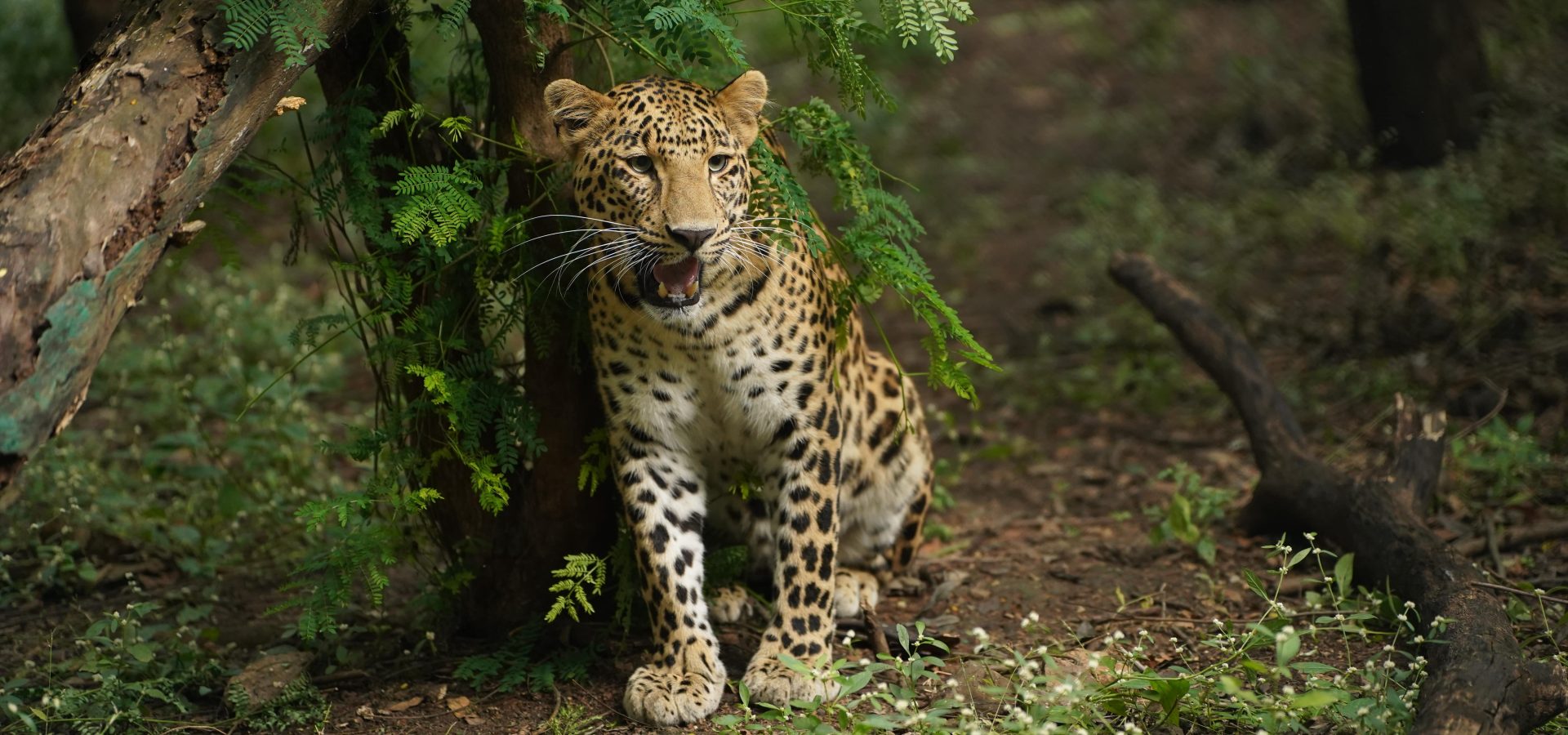At the core of illegal wildlife trafficking, is a strong and rapidly expanding global demand for a variety of animal products: leopard skins, ingredients for Chinese traditional medicine, ornaments for ritualistic practices, exotic pets, jewellery, and accessories. Although the wildlife trade is regulated by the Convention on International Trade in Endangered Species of Wild Fauna and Flora (CITES), unlawful trading of endangered species has become a widespread conservation issue. The trade has a domino effect that has, in turn, threatened the survival of several species.
To combat wildlife poaching and trafficking, Wildlife SOS runs an anti-poaching squad called the Forest Watch that has time and again busted a number of illegal wildlife trade rings. In the first month of this year, the team confiscated various wildlife contrabands including black corals, hemipenis of monitor lizards, a leopard skin, and leopard paws from Gujarat and Maharashtra. The missions began when Forest Watch provided crucial intel to the Gujarat and Maharashtra forest departments and the Wildlife Crime Control Bureau (WCCB). Two separate raids were then strategically organised that ended up in the nabbing of wildlife traffickers.
The first raid, conducted in Gujarat on 6th January, 2024, was a targeted operation in Kaprada Taluka of Valsad district. Wildlife SOS and Gujarat Society For Prevention of Cruelty to Animals (GSPCA), along with WCCB and the forest department, caught hold of the traffickers who were found with a leopard skin and four leopard paws in their possession.
In the second instance, another joint raid was carried out based on extensive intelligence shared by Wildlife SOS-GSPCA team, this time near the Trimbakeshwar temple premises in Nashik, Maharashtra. The felonious traders had brazenly set up shop near the temple, attempting to peddle their illegal wares. The operation, carried out on 21st January, 2024 by the Maharashtra Forest Department and WCCB, was successful in seizing 92 pieces of black coral (Antipatharians), several seashells, and 34 pieces of hemipenis of monitor lizards.
While these coordinated efforts demonstrate the effectiveness of collaborative action in combating wildlife trafficking, understanding why these species are repetitive targets is the first step towards their conservation.
The Reef: Black Corals
Black corals are a type of reef that are found across all oceans, and are known for their supposed medicinal and anti-evil powers. These soft corals have been fashioned into jewellery and traditional artefacts by cultures across the globe. However, behind the veil of mysticism attached to the reef, lies a grim reality of exploitation and endangerment. Rampant poaching, particularly in India, has destroyed black coral populations, pushing them to the brink of extinction and threatening the marine biome. Black corals are protected under the Appendix II of CITES, which states that trade of species must be controlled in order to prevent the risk of their extinction. Yet, the allure of the black market continues to fuel the illicit trade of these precious organisms. Compounding this is the looming spectre of climate change that poses an existential threat to black corals, exacerbating the degradation of their habitats.
The Reptile: Bengal Monitor Lizard
In the remote corners of Nepal and India, monitor lizards fall victim to the nefarious trade of wildlife trafficking motivated by superstition and greed. Poached for their skin, flesh, fat, and genitals, these reptiles are subjected to unspeakable cruelty at the hands of traffickers. The penises of monitor lizards poached are extracted to be sold as Hatha Jodi, a rare plant root that is used in rituals linked to bringing good luck and prosperity to the beholder. From luxury goods to purported medicinal benefits, the demand for monitor lizard parts perpetuates a cycle of violence that threatens to erase the species from existence.
The Predator: Leopard
Hunted down for their skins, bones, and body parts are leopards — the apex predators of jungles — who face great threat due to an insatiable demand. Despite being protected under the Schedule I of Wildlife (Protection) Act, 1972, in India, and classified as Vulnerable in the IUCN Red List, Wildlife Protection Society of India has documented unnerving statistics about the illegal trade of leopards. In 2023, as many as 155 leopards were killed, and their deaths have been attributed to poaching. The decline in leopard populations has far-reaching implications, disrupting the delicate balance of nature and endangering the stability of entire ecosystems.
India, despite being a member of CITES, ranks among the top 20 countries for wildlife trafficking globally, and within the top 10 for poaching and smuggling of protected species via air routes. The country is also a lucrative location for the illicit trade, owing to its rich biodiversity that accounts for up to 8% of wildlife species from across the world. The raids conducted by Wildlife SOS therefore is a highly necessary step towards the right direction, however, this battle is far from over. There is a need for continued vigilance and penal action, which are imperative to ensure a future where wildlife thrives in their natural habitats.
To help Wildlife SOS put an end to wildlife trafficking, consider making a donation.





